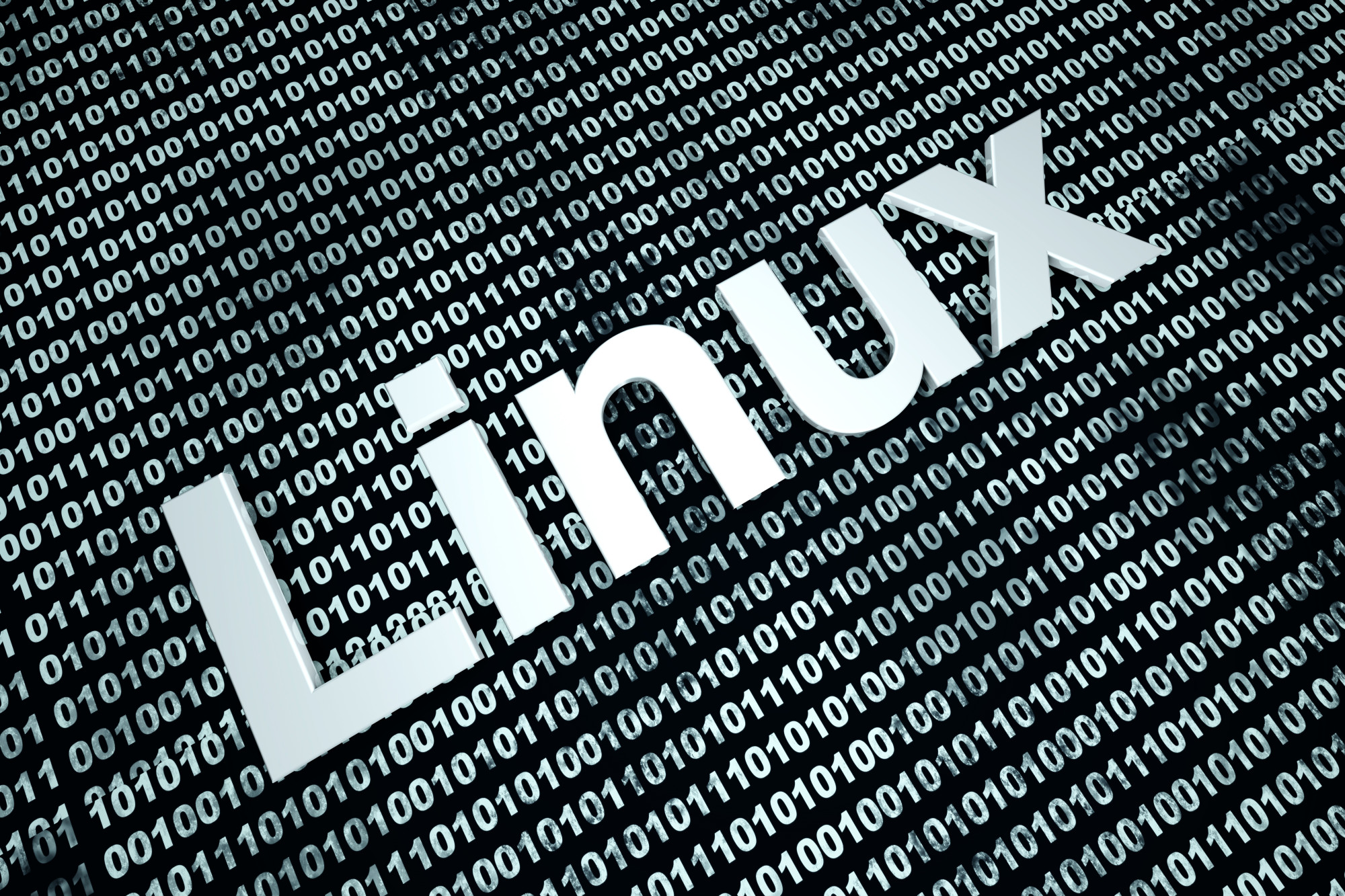
How to Setup a Linux Server
Did you know that this year, 100% of the world’s supercomputers run on Linux?
Since Linux is a free operating system, inherently network capable and stable and it runs on a huge range of computer hardware (sometimes older hardware does better with Linux); it is a great option for setting up a home server for a network.
Are you looking to get a home computer up and running with the popular operating system Linux? Here is how to setup a Linux server.
Contents
Your First Steps to Take
There are a few steps you would need to go through to set up your home Linux server.
Source the computer you wish to use, make sure it has the specifications and hardware requirements met. Such as how big the hard disk is and how much RAM the computer has.
If you know how, go into the BIOS setting and find out if it is a 32 bit or 64 bit PC (this will save time and frustration by not downloading and starting the installation with the incorrect architecture).
Find a working monitor, keyboard, and mouse that meets your needs. You’ll want to find good quality items that won’t fail on you in your time of need.
How to Setup a Linux Server: Your Next Steps
Power up the computer just to make sure that everything is operational.
Once you’ve done this, go onto the internet and look for a suitable Linux Distribution (called distros).
The biggest in use is Linux Mint start there – although it is not specifically server-related: its simplicity, intuitiveness, and huge community make it a great option.
Now you need to burn a DVD/CD or make a bootable USB if your new computer supports booting from a USB. You will need to use another PC connected to the internet to do this.
Once you have bootable media-ready, place it in the soon-to-be server and boot up. You may need to press F11 (or whichever is correct for your server) to boot up from media.
This article on selenium webdriver linux also gives great tips on Linux-related installations.
You’re Almost There
If all goes well you should now get an option to install Linux via a GUI (graphical User Interface). You will be asked all the usual things like language of choice, timezone (in Linux this is called Locale).
The installation will also check to see if you are connected to power (important if you’ve decided to use a laptop) and the internet.
The internet connection is not a must but it helps because all the updates will be applied during the installation.
You will be asked some information about partitioning the drive if you’re a novice then simply select the default.
You will need to set a superuser (root) password. Jot it down somewhere; without it, you cannot install software or do updates in the future – don’t lose it or get it wrong or you’re going to have to start all the way at the beginning.
All that is left is to add users to the server – with their own passwords (make sure that these passwords are not the same as the root password) via the GUI or command prompt.
Now go to the users PC’s and map the server on their computers.
There are numerous other settings you may need to do but these are specific to the use of the server (example print, storage or webserver).
Moving Forward With Linux
You’ve now learned how to setup a Linux server with our quick steps within this article.
It’s always a good idea to jot down the steps you’ve taken from the first moment onwards, so if you find yourself in error, you can revert to your notes.
In the meantime, our forum provides tons of community-driven advice and tips so use the search bar if you have more Linux related questions that need answering!


Comments are closed.